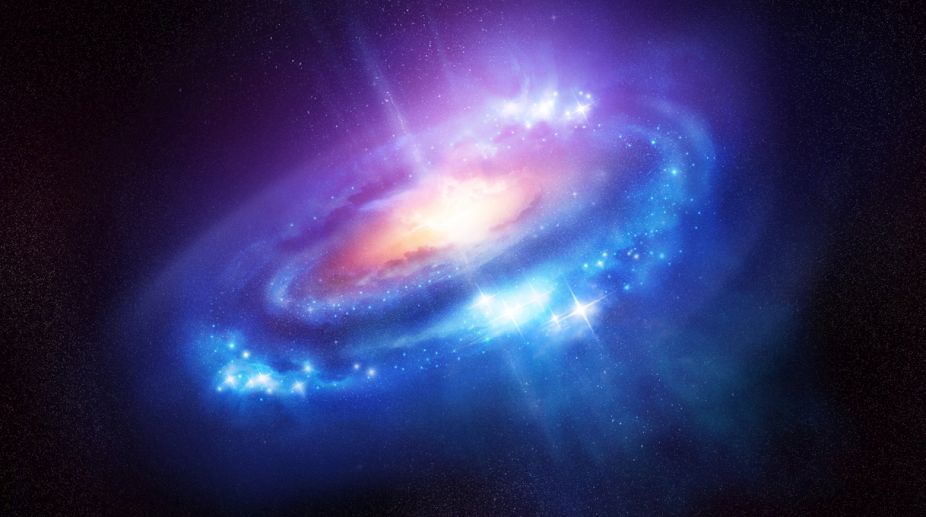NASA has delivered three detector systems for the European Space Agency's upcoming Euclid mission that aims to study properties and effects of dark matter and dark energy.
"The delivery of these detector systems is a milestone for what we hope will be an extremely exciting mission, the first space mission dedicated to going after the mysterious dark energy," said Michael Seiffert, the NASA Euclid project scientist based at Jet Propulsion Laboratory, Pasadena, California.
Advertisement
Euclid will carry two instruments: a visible-light imager (VIS) and a near-infrared spectrometer and photometer (NISP).
A special light-splitting plate on the Euclid telescope enables incoming light to be shared by both instruments, so they can carry out observations simultaneously.
The detector systems that NASA has delivered are for the spacecraft's near-infrared instrument.
The spacecraft, scheduled for launch in 2020, will observe billions of faint galaxies and investigate why the universe is expanding at an accelerating pace.
Astrophysicists think dark energy is responsible for this effect, and Euclid will explore this hypothesis and help constrain dark energy models.
Detecting infrared light, which is invisible to the human eye, is especially important for studying the universe's distant galaxies.
Each detector system consists of a detector, a cable and a "readout electronics chip" that converts infrared light to data signals read by an onboard computer and transmitted to Earth for analysis.
Sixteen detectors will fly on Euclid and the delivery to ESA of the next set of detectors for NISP is planned in early June, NASA said in a statement on Tuesday.
Dark matter, an invisible substance accounting for over 80 per cent of matter in our universe, can cause subtle distortions in the apparent shapes of galaxies.
That is because its gravity bends light that travels from a distant galaxy toward an observer, which changes the appearance of the galaxy when it is viewed from a telescope.
Euclid's combination of visible and infrared instruments will examine this distortion effect and allow astronomers to probe dark matter and the effects of dark energy.











